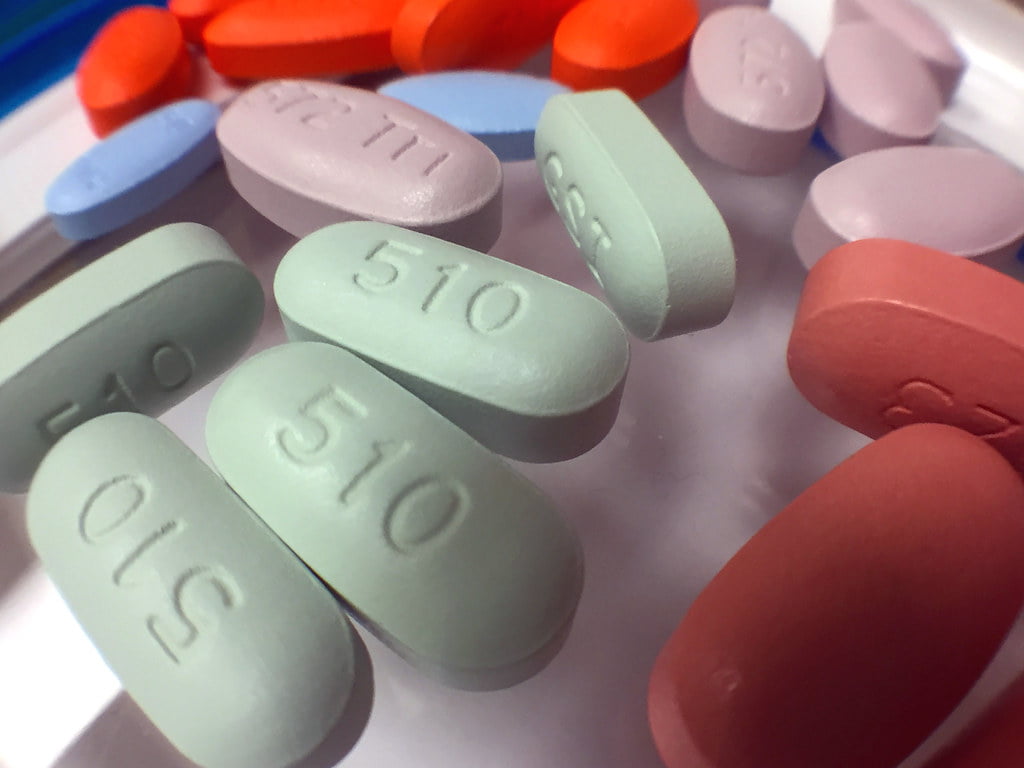The combination HIV treatment bictegravir/emtricitabine/tenofovir alafenamide (B/F/TAF; Biktarvy, Gilead) continues to be effective and well-tolerated five years after starting the regimen, according to new data from the BICSTaR trial presented at EACS 2025, in Paris (abstract MeP05.3).
Positive quality-of-life measures also were reported by study participants five years out.
“The five-year outcomes presented at EACS 2025 are consistent with the results observed from multiple phase 3 clinical trials evaluating the treatment responses of people with HIV on Biktarvy,” Gilead spokesperson Brian Plummer told Infectious Disease Special Edition. “In the group of BICSTaR study participants with 5 years of real-world follow-up who were enrolled in Canada, France, and Germany, Biktarvy continued to demonstrate sustained viral suppression, a favorable safety and tolerability profile, and a high barrier to resistance. These benefits were seen in both treatment-naive and treatment-experienced people with HIV who have a high burden of comorbidities.”
A large portion of the study population had comorbidities: 63.6% of treatment-naive participants and 84.1% of treatment-experienced participants. Even so, at five years, 97.9% (47/48) of treatment-naive and 96.8% (306/316) of -experienced participants were virologically suppressed, and in both groups, the median CD4+ cell count and CD4+/CD8+ ratio increased from baseline.
Maintaining Quality of Life
Using the HIV Symptom Index (HIV-SI) and the Short Form Health Survey mental and physical component summary scores (M/PCS) and the HIV Treatment Satisfaction Questionnaire (HIVTSQ), the investigators found the quality-of-life measures remained steady through the study period. At five years, HIV-SI overall bothersome symptom count stayed low. MCS and PCS scores improved from baseline; however, treatment experienced participants saw a small decrease in PCS scores. Finally, HIVTSQ scores were high.
The investigators also reported that changes in metabolic and renal parameters were small.
Low Rates of Adverse Events
Drug-related adverse events occurred in 18.9% (25/132) of naive participants and 14.6% (101/691) of experienced participants, which correlated with regimen discontinuation in 5.3% and 7.7%, respectively. However, the investigators did not find any treatment-emergent resistance.
“The results underscore the importance of patient-reported outcomes as a person-centered approach to HIV research and can help us to better understand the impact on health-related quality of life and specifically, mental health status of people with HIV,” Mr. Plummer told IDSE. “This could help inform treatment strategies for these groups.”
By Meaghan Lee Callaghan
[Mr. Plummer and several of the study investigators are employees of Gilead, the maker of Biktarvy.]
Source : Infectious Disease Special Edition
